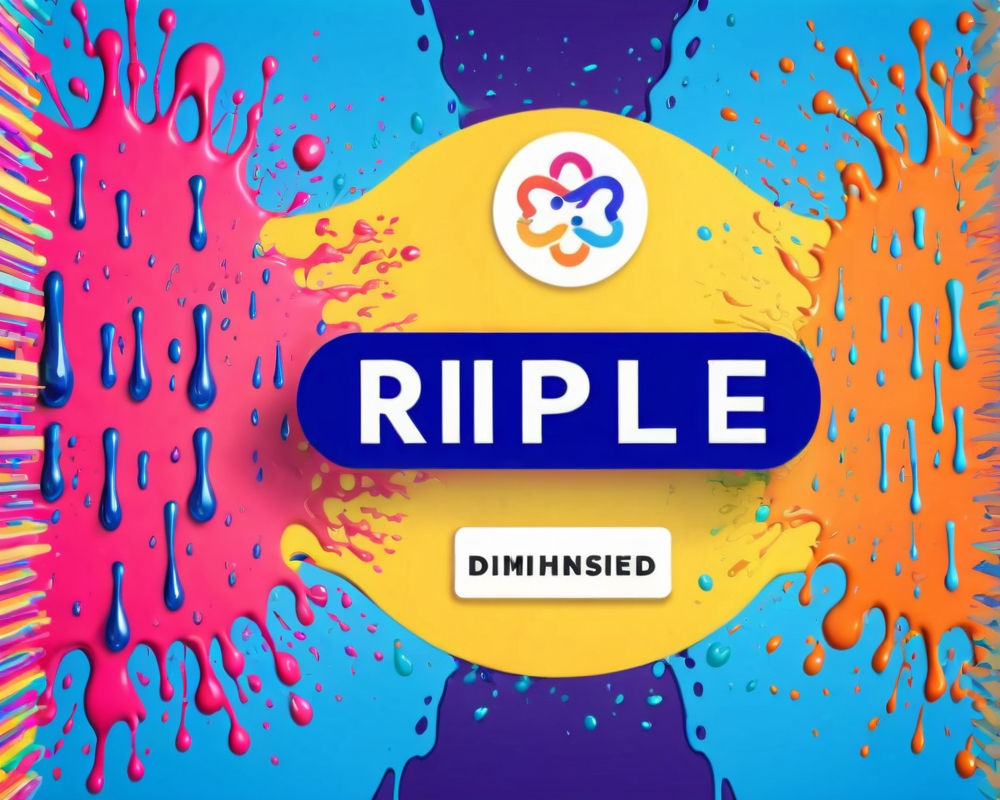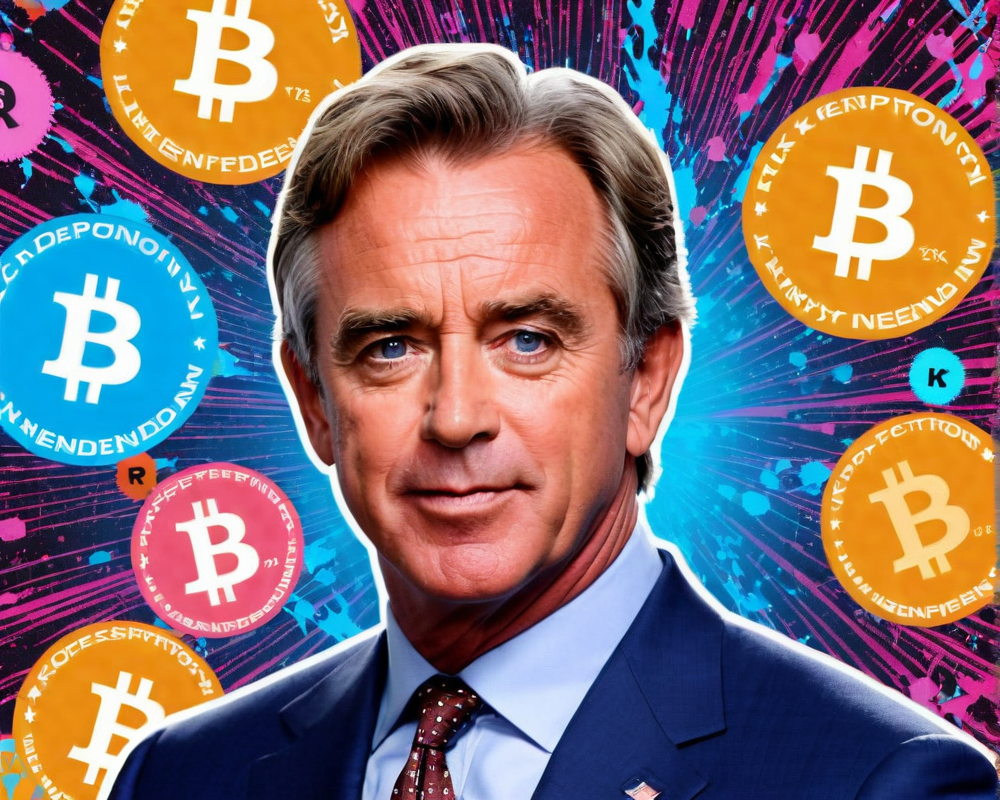Ripple’s Massive Sales Drop
Ripple has officially revealed that it managed to sell a mere $66.24 million in XRP during the third quarter of 2019. This marks a jaw-dropping decrease of 73.66% from the previous quarter’s sales, which were a hefty $251.51 million. As you might imagine, this news has left many in the crypto community scratching their heads and wondering what’s in store for the company’s financial strategy.
Sales Strategy Adjustments
In their quarterly report released on October 18, Ripple acknowledged that they had planned to ease up on XRP token sales in Q3. This doesn’t mean they’re packing their bags and heading for the beach, but it does signify a deliberate shift in strategy. The focus seems to be on stabilizing the cryptocurrency’s market performance rather than aggressively filling the company’s coffers.
Ripple vs. Peer Inflation Rates
Ripple also took the time to compare XRP distribution rates with the inflation rates of other major cryptocurrencies. They pointed out that XRP’s distribution rate has remained lower than that of Ethereum (ETH) and Litecoin (LTC), while being pretty much on par with Bitcoin (BTC). It’s like a cryptocurrency popularity contest, and apparently, Ripple is fine coming in second to last, as long as it’s not last.
The Accusations: Just Noise?
However, amidst all these numbers, a storm of accusations has been swirling around Ripple. Many have accused the company of manipulating XRP’s market price by dumping an influx of tokens. Ripple responded to these allegations by highlighting that the large XRP transfers often cited as evidence of dumping were merely internal transfers among their own accounts – essentially, a corporate game of musical chairs that doesn’t impact the market. In short, no new coins were being thrown into circulation during those transactions, so the panic might be overblown.
The Twitter Bot Invasion
Lastly, Ripple pointed fingers at bots as a major source of negative sentiment in social media discussions surrounding XRP. According to a tool developed by Indiana University, bots accounted for a staggering share of online conversations about various cryptocurrencies, including 50% for XRP. It appears that the online chatter about Ripple has been hijacked by automation, leading to fear, uncertainty, and doubt (FUD) surrounding the token. If only these bots would direct their energy toward something productive, like pet memes or cat videos.
Positive Partnerships Amidst the Noise
Despite the controversies, it’s essential to note that Ripple continues to secure important partnerships, such as the recent collaboration with Finastra, the third-largest financial services technology firm globally. This partnership will provide Finastra’s clients with access to RippleNet, solidifying Ripple’s place in the financial technology narrative.




